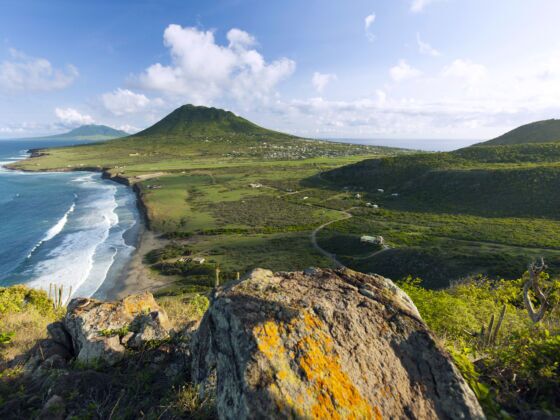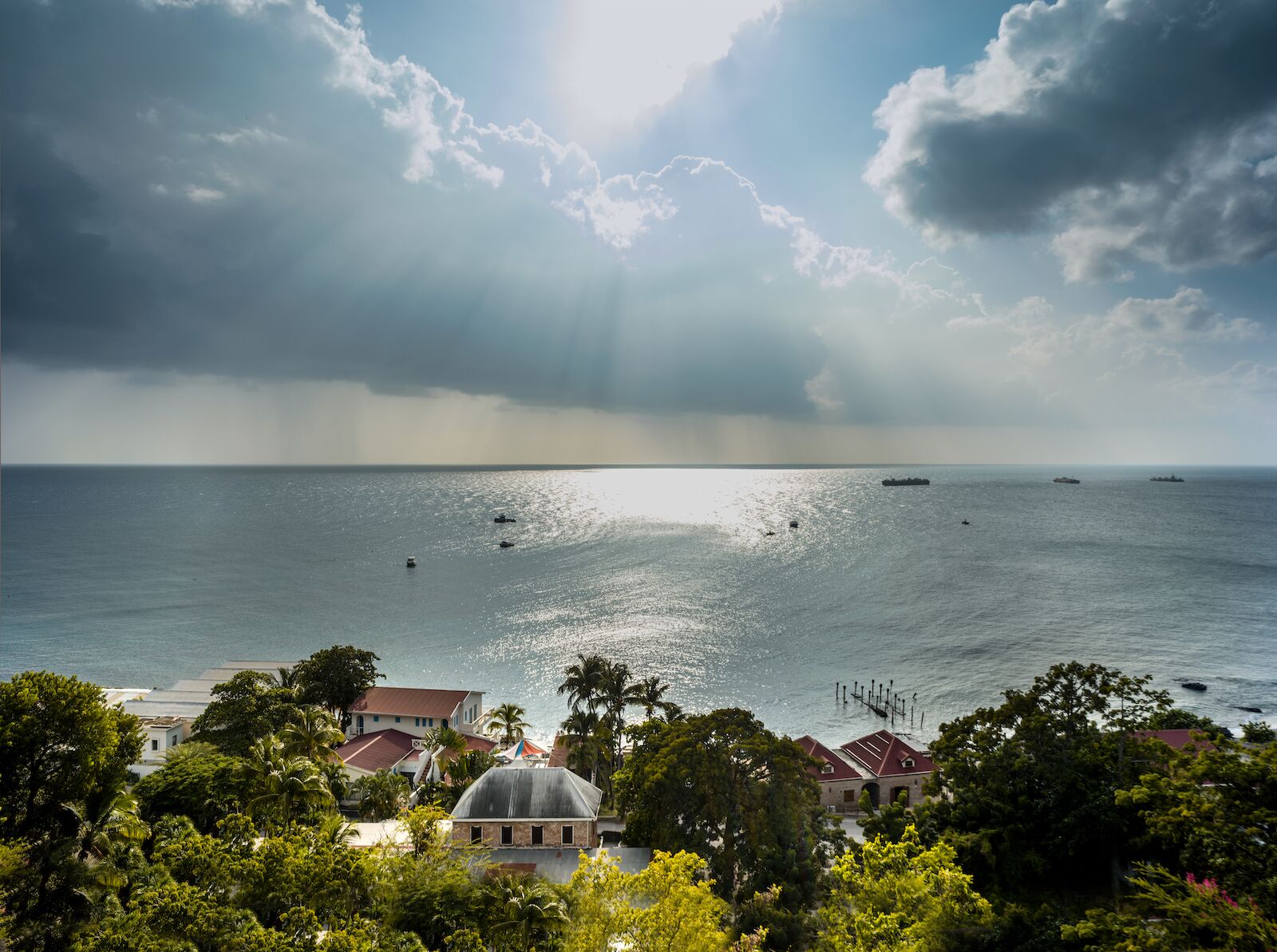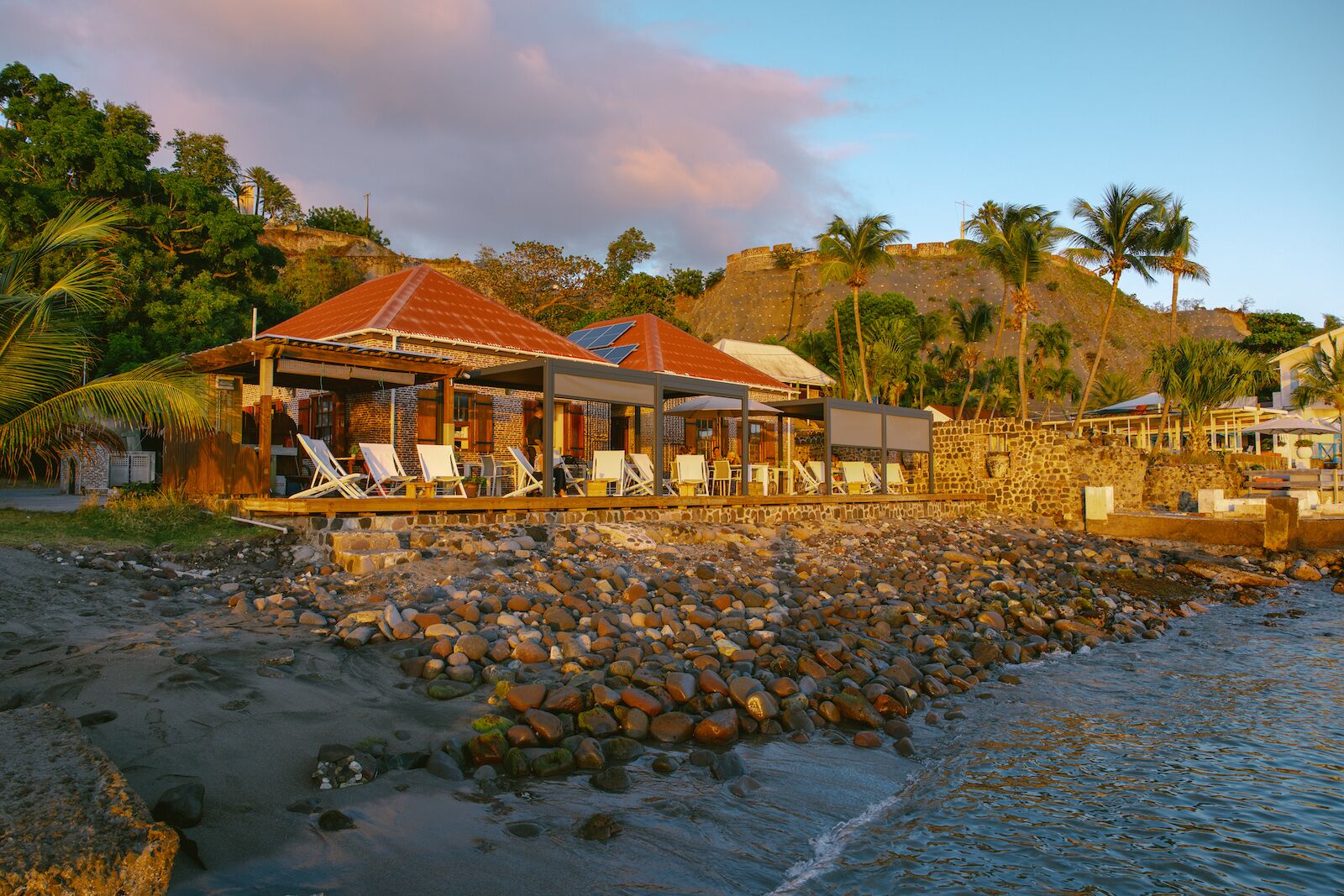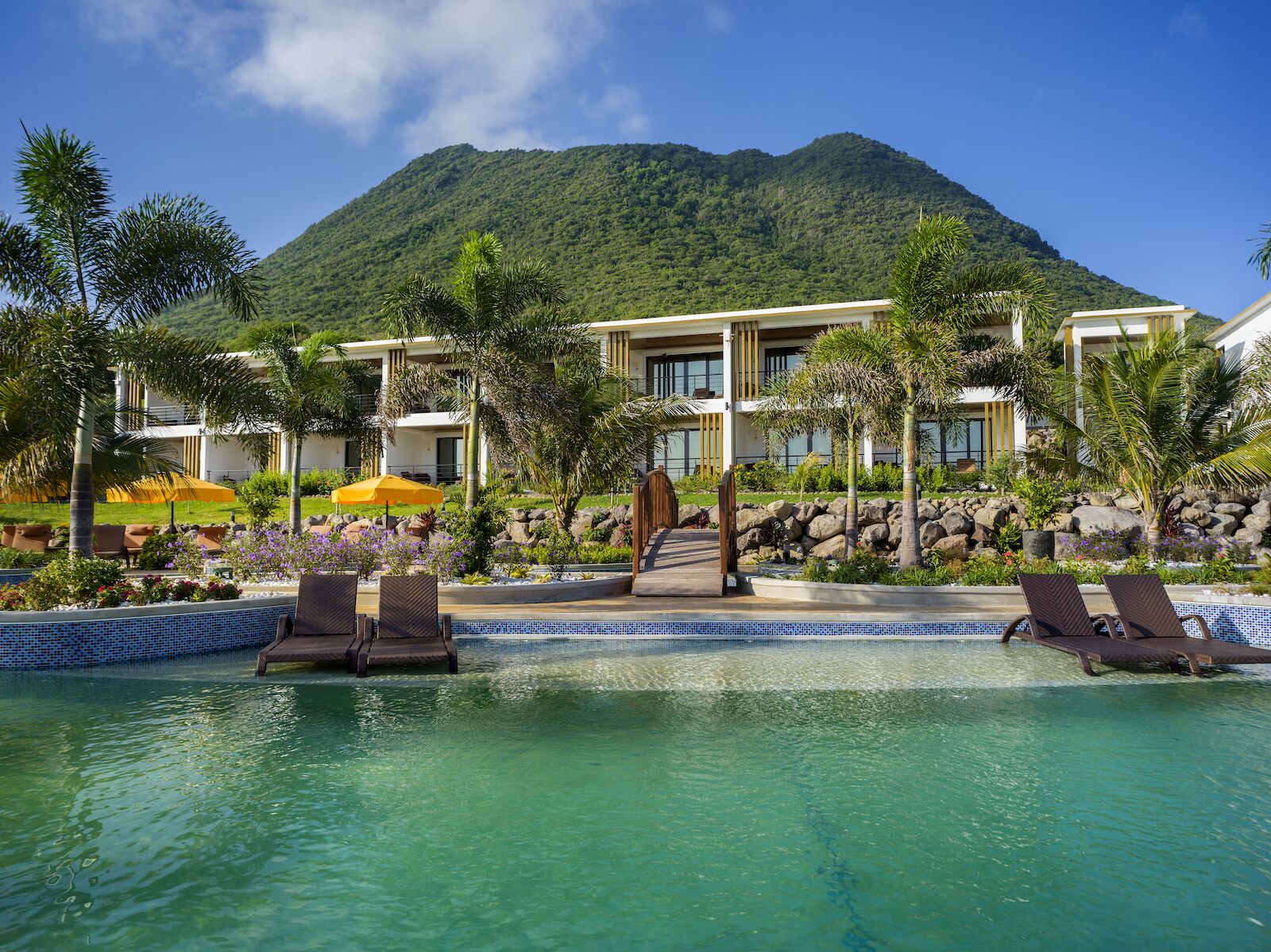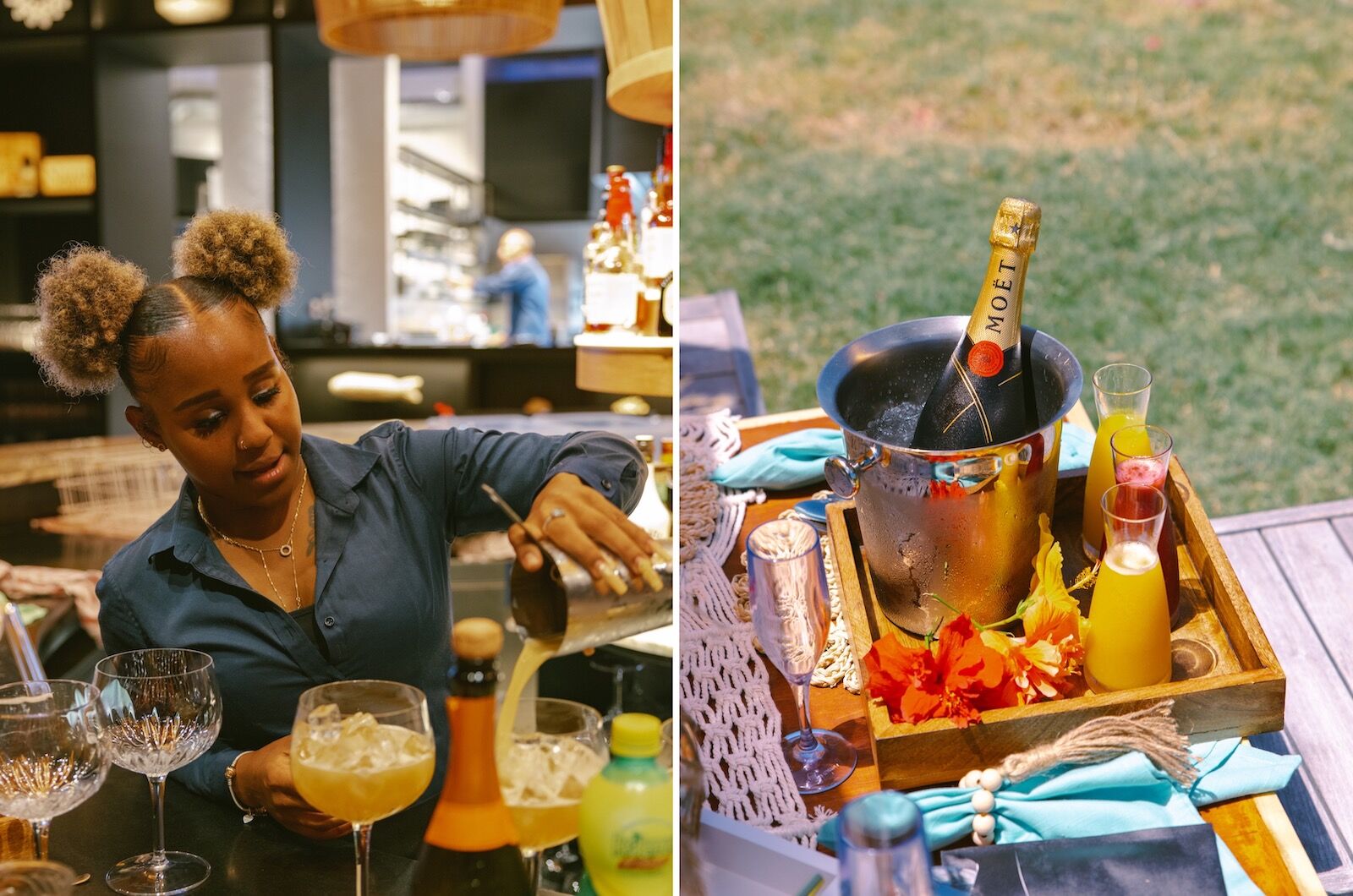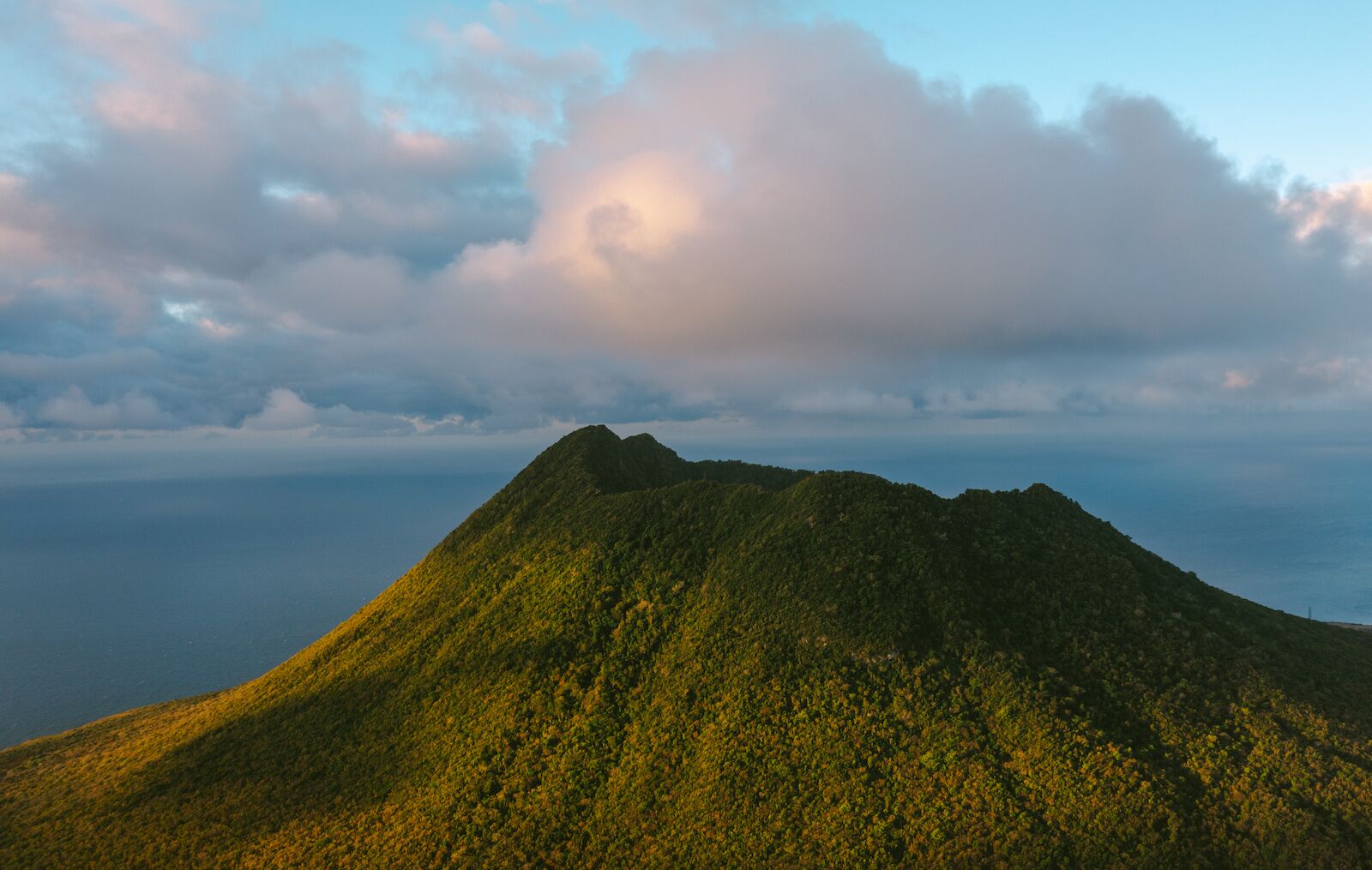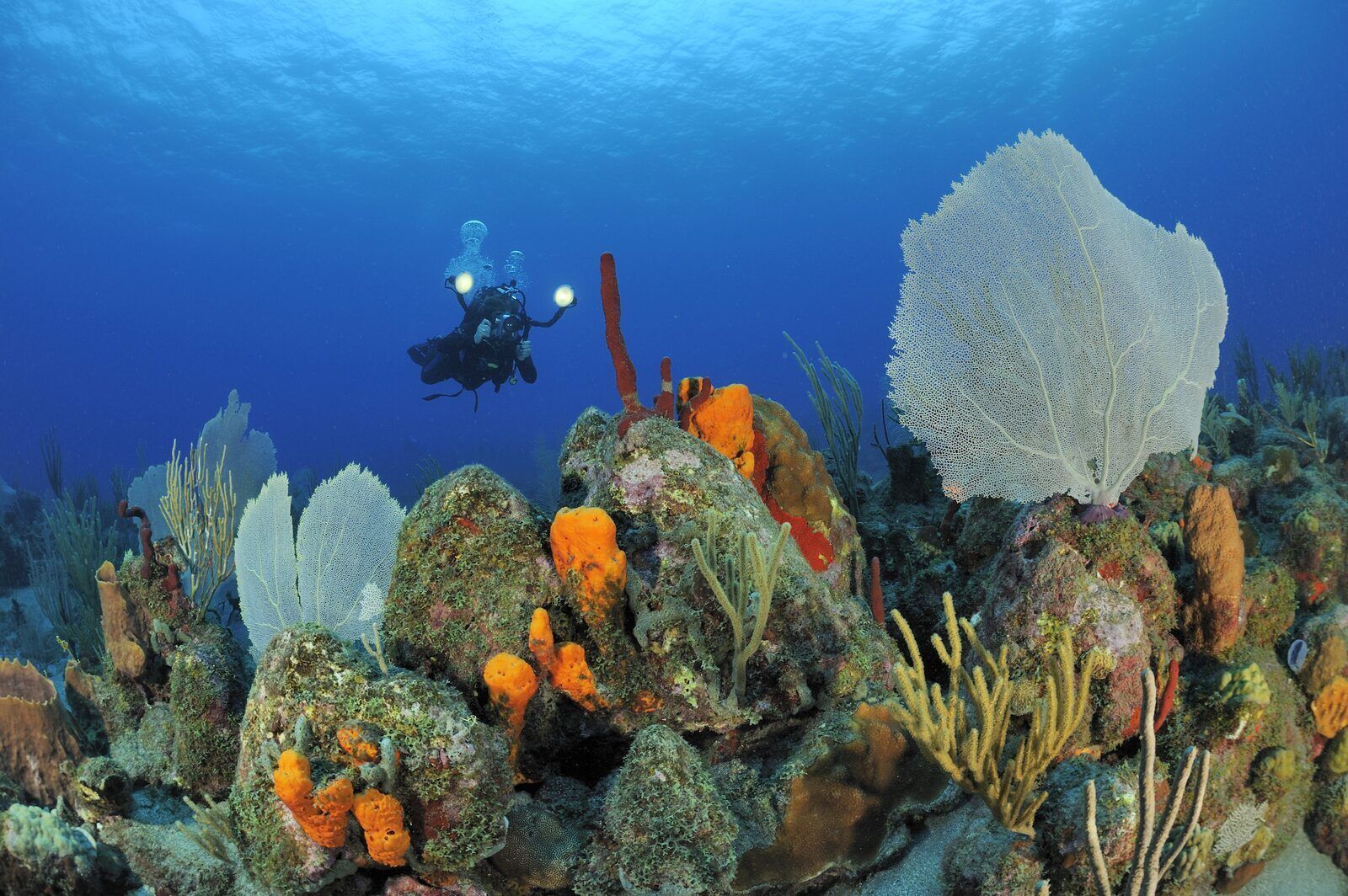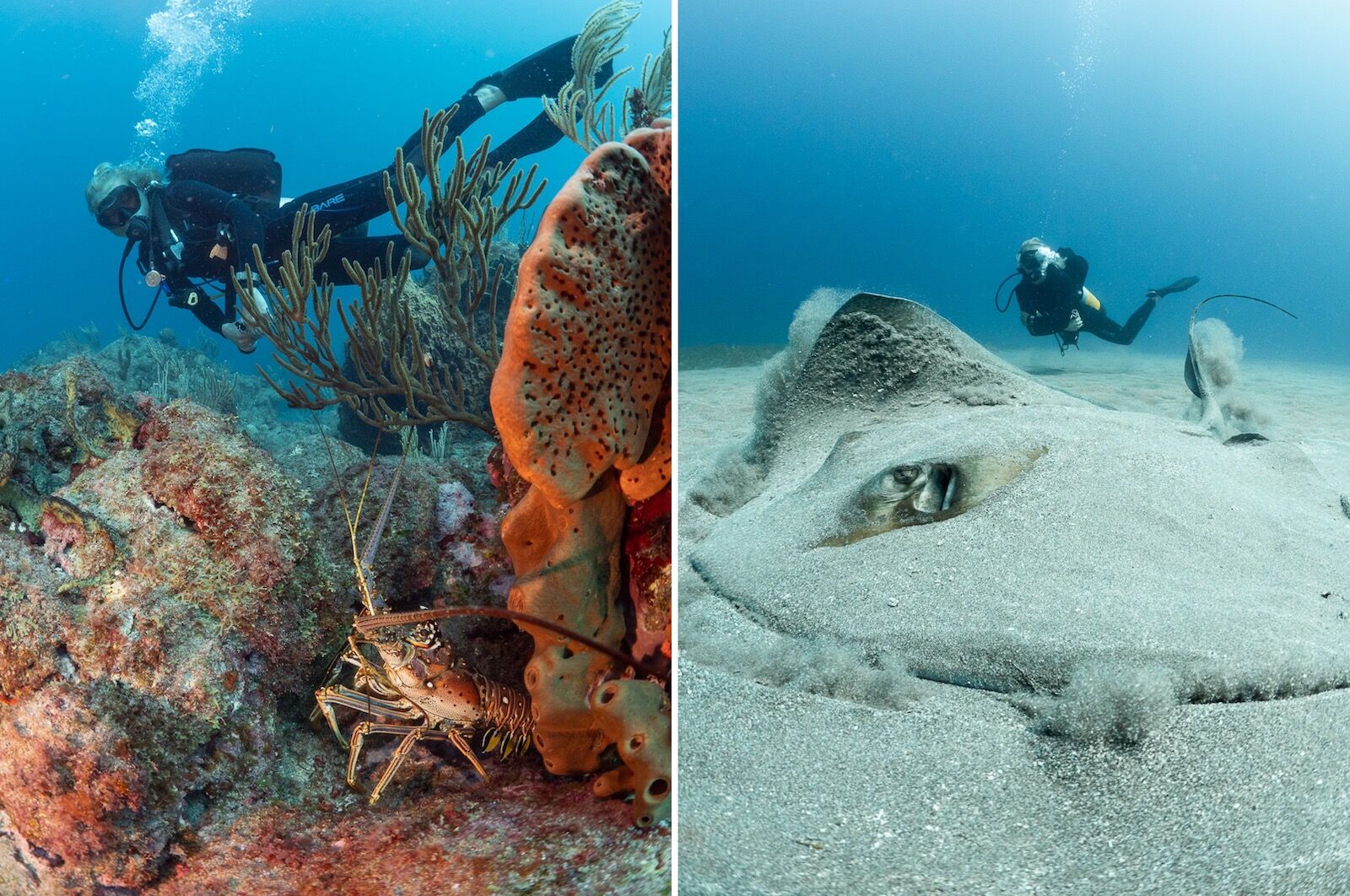The first place to recognize the United States is an island few Americans know exists.
Back when the United States was just a Revolutionary government, it repurposed merchant ships as war ships and used them to transport arms and munitions from the Caribbean. When one such ship, the Andrew Doria, sailed into the bustling Dutch free port of St. Eustatius in November of 1776 waving the American flag, the island’s governor ordered his men at Ft. Oranje to return its salute. It was the first time any foreign government recognized the US flag, and while it later would lead to England declaring war on the Netherlands, the First Salute is still celebrated every year on St. Eustatius.
